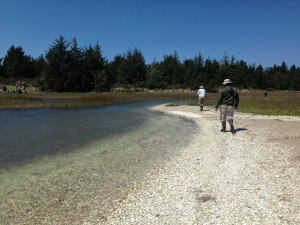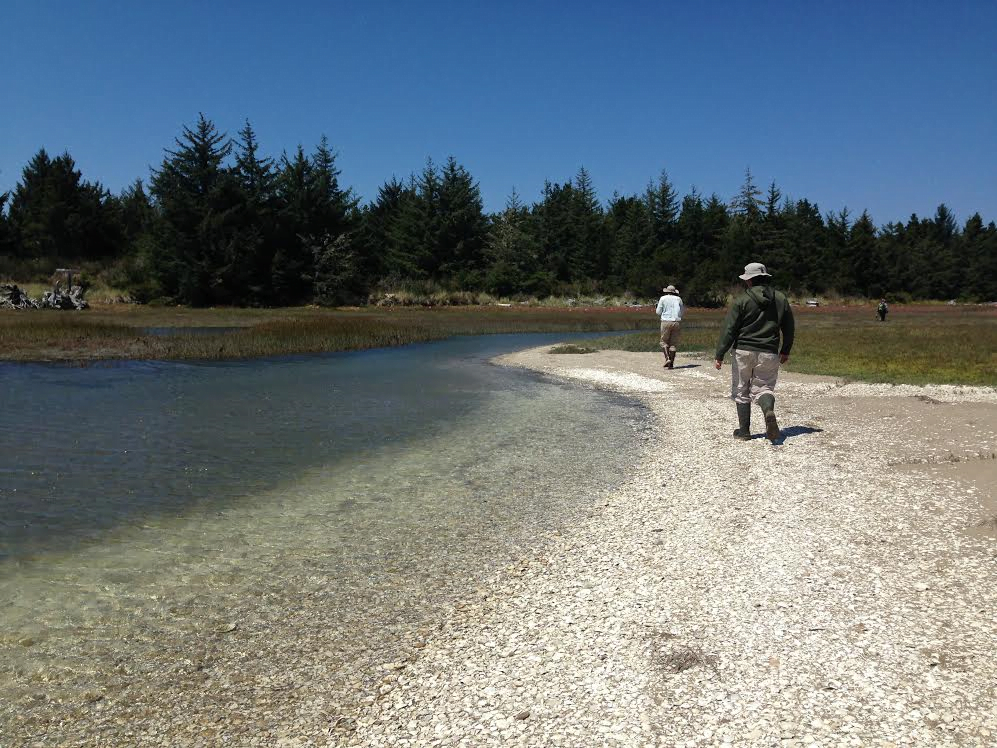
Farewell to the Field
The Conservation Research field crew completed our last work trip of the season, camping near Coos Bay and working on BLM land amidst the sand dunes of the North Spit. After many weeks of camping and working out in the desert of eastern Oregon, we were all excited to spend a week on the coast, in lush vegetation and mild weather, and Coos Bay did not disappoint. The work site was down a sandy OHV road winding through the pine-forested dunes, and stretched along the beach and through a dense salt marsh.

Our target species was Cordylanthus maritimus ssp. palustris, an annual herbaceous plant that is native to California and Oregon. Its common name is Point Reyes bird’s beak and it is a hemi-parasite, meaning that its roots tap into other plants’ root networks to draw nutrients for its own benefit. It is in the broomrape family and related to a handful of other Oregon natives our crew encountered at sites around the state, including Castilleja (paintbrush) and Orthocarpus. Cordylanthus grows in coastal salt marshes, and is listed as endangered. The population at Coos Bay North Spit was threatened with habitat loss and disturbance from visitors recreating in off-highway vehicles, so the marsh was closed to traffic. Now, however, the protected area has created a haven for other coastal plants which are now thought to be competing with (and possibly out-competing) the Cordylanthus. Plots for surveying species have been established both inside the protected area and outside of it, to compare species abundance under different management strategies. Our crew’s work will hopefully help to clarify the situation and may lead to changes in management practices.
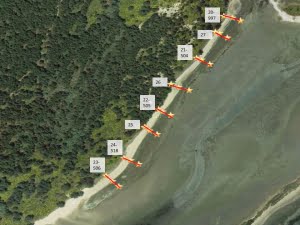
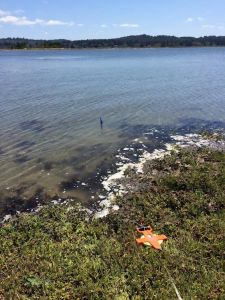
The work conditions were ideal and the site was a pleasure to work at, except that when the tide came in, some of the ends of our transects were covered by water! Our crew definitely started to feel the pressure of the incoming tide slowly creeping up on our measuring tapes. Fortunately, the part of the plots that were periodically covered in water were the most straight-forward for observing plant species, as some were bare sand. Not many plant species will tolerate twice daily inundation by saltwater, as it turns out. This was a unique restriction that we had not encountered at any other location, and one that reminded us of the importance of understanding the nature of your work site.
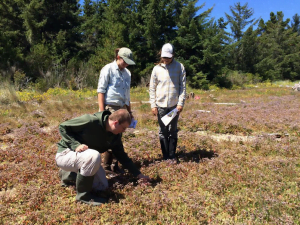
This was our second trip with our ASE Saturday Academy high school intern, Nick. He had undertaken independent research on Cordylanthus prior to the trip and was helpful in teaching the crew to identify the plants when we arrived on-site. He’s been an asset in the field, working with dedication and a positive attitude (and even laughing at our silly jokes!)

The monitoring work for this trip consisted of 1) locating rebar points using GPS, photo points, and maps, 2)identifying the transect origins and end points using metal tags and maps, 3)laying a measuring tape from origin to end (20m), and 4) using three sets of data sheets to record information about the species found at predetermined meters along the tape: habitat type, plant community, and population census for both Cordylanthus and Limonium californicum (Western marsh rosemary). This project’s methods differed from previous trips in that we utilized a 25cmx25cm square frame set randomly within the usual 1mx1m square frame we use to monitor. We did this because of the dense growing habit of the Cordylanthus. Since we were counting each individual plant within the plot and counting its number of branches and total flowers, it would have taken more time than we had for this trip if we had counted every plant within the meter frame. Below is a perfect example of the dense growth habit of Cordylanthus. Plants are delicate and branches easily break off, making accurate counting a careful and time-intensive process.

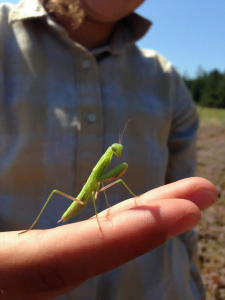
Although the work can begin to feel repetitive and the days can be long, the holiday-like atmosphere of the beach in summer, beautiful scenery and surprising details kept us entertained and focused. While working in an ever-changing sandy marsh habitat had its own set of challenges (i.e. missing rebar, cold wind, legions of ticks), we all gained an instant appreciation for this unique stretch of the coast and were sorry to leave when our work was complete.
